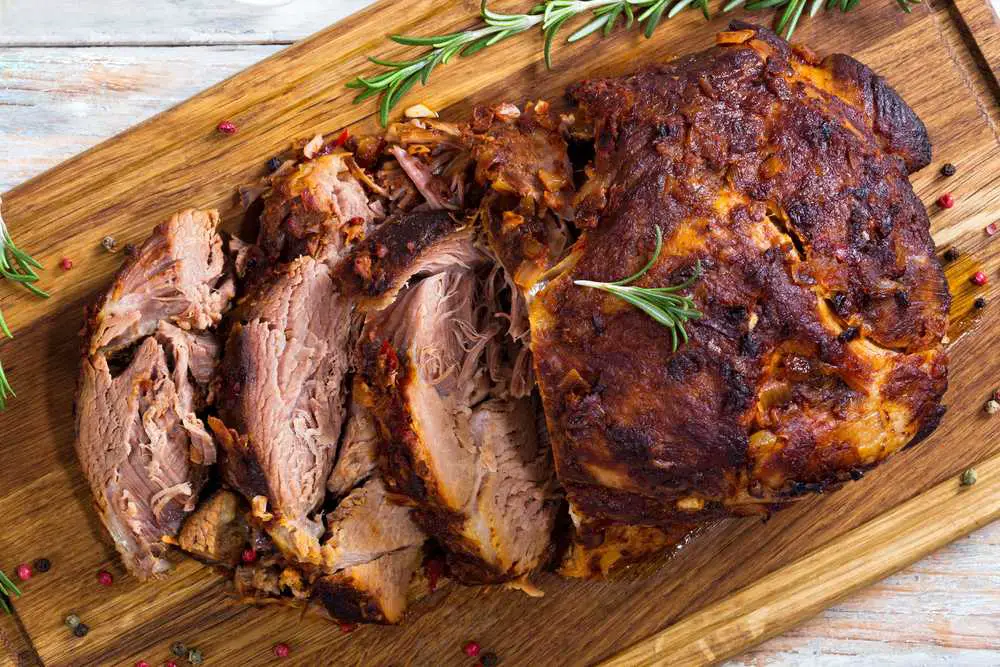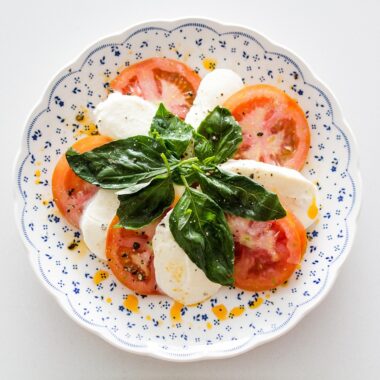Cajun boudin is a celebrated dish rooted in the rich culinary traditions of Louisiana. This iconic sausage combines bold flavors, rich spices, and a unique blend of ingredients that make it a staple in Cajun cooking. Whether enjoyed as a quick snack, served with breakfast, or featured as the main event at a family gathering, boudin offers a taste of the South that’s impossible to resist.
In this article, we’ll explore everything you need to know about Cajun boudin, from its history and cultural significance to a step-by-step guide on how to make it at home. By the end, you’ll have the knowledge and confidence to create this delicious sausage and impress everyone with your culinary skills.
The History and Cultural Significance of Cajun Boudin
Boudin traces its origins to French settlers who brought sausage-making techniques to Louisiana. Over time, the Cajun people adapted the recipe to include local ingredients such as rice, pork, and liver. What emerged was a dish that reflects the resourcefulness and creativity of the Cajun culture.
In Louisiana, boudin is more than just food—it’s a cultural icon. It’s sold in grocery stores, gas stations, and roadside stands, often served hot and ready to eat. Locals and tourists alike enjoy it as a quick, flavorful snack that embodies the spirit of Cajun cooking.
The dish also highlights the importance of using every part of an animal, a practice deeply rooted in Cajun culinary tradition. The result is a sustainable and flavorful sausage that has stood the test of time.
Key Ingredients in Cajun Boudin
Before diving into the recipe, let’s take a closer look at the key ingredients that give Cajun boudin its distinct flavor and texture:
Pork Shoulder: The base of boudin, pork shoulder is cooked until tender and shredded. Its rich flavor is essential to the dish.
Pork Liver: While optional for some, pork liver is a traditional ingredient that adds depth and a slightly earthy flavor to the sausage.
Rice: Cooked rice acts as a binder, giving boudin its unique texture and helping to stretch the ingredients.
Vegetables: Onions, bell peppers, and celery (the “holy trinity” of Cajun cuisine) are finely chopped and cooked to enhance the flavor profile.
Spices: A mix of Cajun spices, including cayenne pepper, paprika, garlic powder, and thyme, infuses the boudin with its signature kick.
Green Onions and Parsley: Fresh herbs are added for a burst of freshness.
Casing: Traditional boudin is stuffed into natural pork casings, but it can also be made casing-free as boudin balls.
Tools and Equipment Needed
To make Cajun boudin, you’ll need a few essential tools:
Large stockpot
Meat grinder or food processor
Sausage stuffer (optional for casing)
Knife and cutting board
Mixing bowls
Large spoon or spatula
Step-by-Step Recipe for Cajun Boudin
Ingredients:
2 lbs pork shoulder, cut into chunks
½ lb pork liver (optional)
1 large onion, chopped
1 bell pepper, chopped
2 stalks celery, chopped
4 cloves garlic, minced
1 cup green onions, finely chopped
¼ cup fresh parsley, chopped
1 cup uncooked long-grain rice
4 cups chicken or pork stock
1 tablespoon Cajun seasoning
1 teaspoon cayenne pepper (adjust to taste)
1 teaspoon paprika
1 teaspoon dried thyme
Salt and pepper to taste
Natural pork casings (optional)
Instructions:
Prepare the Meat
In a large stockpot, combine the pork shoulder, pork liver (if using), and chicken or pork stock.
Bring to a boil, then reduce heat and simmer for about 1.5 hours or until the meat is tender.
Remove the meat from the pot and let it cool slightly. Reserve the cooking liquid.
Cook the Rice
While the meat cooks, prepare the rice. Use the reserved cooking liquid to cook the rice for extra flavor. Follow the instructions on the rice package, ensuring it is tender but not overcooked.
Sauté the Vegetables
In a large skillet, heat a small amount of oil over medium heat. Add the onion, bell pepper, celery, and garlic. Sauté until the vegetables are soft and fragrant, about 5-7 minutes.
Grind the Meat
Once the meat has cooled, grind it using a meat grinder or pulse it in a food processor. Aim for a coarse texture to maintain the sausage’s hearty consistency.
Combine Ingredients
In a large mixing bowl, combine the ground meat, cooked vegetables, rice, green onions, parsley, and spices. Mix well to evenly distribute the flavors.
Adjust Seasoning
Taste the mixture and adjust the seasoning as needed. Add salt, pepper, or more cayenne for extra heat.
Stuff the Sausage
If using casings, soak them in warm water to make them pliable. Rinse thoroughly to remove any salt.
Using a sausage stuffer or a piping bag, stuff the casings with the boudin mixture. Be careful not to overfill, as the casing can burst.
Cook the Boudin
To cook, gently simmer the stuffed sausages in water for about 10 minutes, or until heated through. Alternatively, you can grill, bake, or steam the boudin for added flavor.
Serve and Enjoy
Serve boudin hot with a side of Creole mustard, crackers, or simply enjoy it on its own. For a twist, try forming the mixture into boudin balls and deep-frying them for a crispy treat.
Tips for Perfect Boudin
Balance the Flavors: Taste the mixture as you go to ensure the right balance of spices.
Use Fresh Ingredients: Fresh vegetables and herbs make a noticeable difference in flavor.
Don’t Overwork the Mixture: Mix the ingredients gently to avoid creating a mushy texture.
Experiment with Cooking Methods: While steaming and boiling are traditional, grilling adds a smoky flavor that enhances the boudin.
Creative Variations
Seafood Boudin: Substitute pork with shrimp or crawfish for a coastal twist.
Vegetarian Boudin: Use cooked beans, mushrooms, and rice with Cajun spices for a plant-based option.
Spicy Boudin: Increase the cayenne pepper or add diced jalapeños for an extra kick.
How to Store and Reheat Boudin
Storage: Refrigerate cooked boudin in an airtight container for up to three days. For longer storage, freeze it for up to three months.
Reheating: Steam or bake frozen boudin directly without thawing to maintain its texture and flavor.
The Boudin Experience
Making Cajun boudin at home is more than just preparing a meal—it’s an experience that connects you to the rich culinary traditions of Louisiana. Whether you’re enjoying it with family, serving it at a party, or simply savoring a quick snack, boudin is a dish that brings people together.
So roll up your sleeves, gather your ingredients, and embark on the flavorful journey of creating your own Cajun boudin. Bon appétit!


















